Private Nick Carletillo
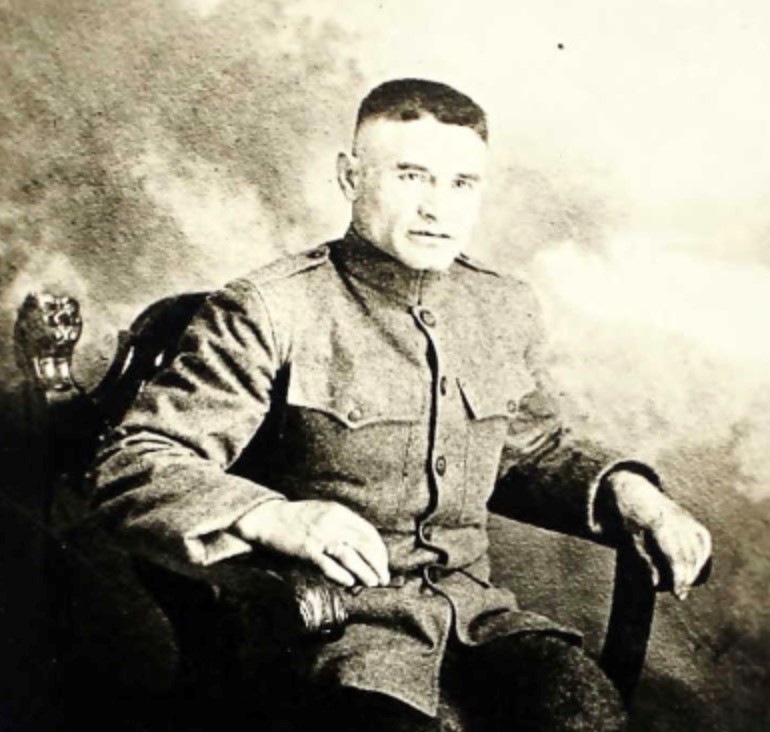
- Unit: 91st Infantry Division, 363rd Infantry Regiment, Company L
- Service Number: 2782929
- Date of Birth: December 8, 1889
- Entered the Military: June 5, 1917
- Date of Death: October 31, 1918
- Hometown: Los Angeles, California
- Place of Death: near Waregem, Belgium
- Cemetery: Plot D, Row 3, Grave 10. Flanders Field American Cemetery, Waregem, Belgium
Frances Parker School
2017-2018
Early Life
Nick “Nickey” Carletillo, was born in New York City in 1885. His parents, Dominick and Mary, were Italian immigrants. After their daughter and four sons were born, the Carletillo family moved to Los Angeles, a town of about 100,000. Nick’s two younger sisters were born there. His mother died in Los Angeles in 1909.
When Nick was 22 years old, he married 16-year-old Olive Garrett. The couple lived in downtown Los Angeles near the Carletillo family home. Olive died two years later. After her death, Nick worked as a machinist’s helper in the Dramond Laundry Company on 8th and Town Avenue in downtown Los Angeles. When the United States declared war on Germany on April 6, 1917, Nick and his three brothers registered for the draft.
Military Experience
Training for War
Nick Carletillo entered the U.S. Army on June 5, 1917. He was placed in the 91st Infantry Division, called the “Wild West” regiment because many of the soldiers came from western states, especially California. Their symbol was the pine tree. Throughout August and September 1917, these men trained at Camp Lewis, near Tacoma, Washington. Private Carletillo was part of the 363rd Infantry Regiment, Company L.
Recruits underwent basic training in marksmanship and drill. One skill they constantly practiced constantly was fighting during a gas attack. As early as October 19, 1917, some recruits were called up to France. When the new recruits arrived at Camp Lewis, the training started over with basic skills. When Carletillo and Company L finally sailed, they had completed several rounds of basic training, but had little training in open warfare. Carletillo and his fellow recruits from the 91st Infantry Division sailed from New Jersey to England, arriving in Glasgow in July 1918.
“Wild West Men” in Battle
Carletillo and the 91st Infantry Division received the next phase of their training at the 8th Training area in Nogent-en-Bassigny, France. The first stage included tactical exercises with French weaponry. The second stage involved a tour in the trenches with French units in quiet sectors. The third and final stage combined arms training with aviation, infantry, and artillery units. Carletillo and Company L completed only part of the first stage before they were called to reinforce the American IV Corps during the St. Mihiel Offensive, but were kept in reserve. The offensive achieved its goals quickly, so the 91st did not see action.
On September 13, 1918, Carletillo and the 91st Division redeployed to Forêt de Hesse to take part in the Meuse-Argonne offensive. Because they were the only division in the offensive that had not seen combat, General John Pershing visited their sector of the battlefield on September 25, the night before the battle, to boost morale.
The Wild West Men reached their objective quickly, capturing machine gun nests, trenches, cutting barbed wire, and taking prisoners. They employed several methods of communication, including pigeons, runners, and signaling. After their initial success, however, the advance stalled. The 91st Division, placed in the center of the action, was subjected to the cross-fire of artillery. General Pershing described the difficult conditions “the severe fighting, and the nature of the terrain over which they attacked, and the fog and the darkness, sorely tried even our best divisions.”
The Last Offensive
In October 1918, the 91st Division was ordered to Belgium to serve under the French Army. Carletillo and his fellow soldiers were moved by train to the area near Ypres, to take part in the Ypres-Lys offensive. The terrain in Belgium differed what they encountered in France. The soldiers moved slowly through muddy turnip fields to pursue retreating German forces. When they reached devastated towns, they faced fire from enemy soldiers hiding in unoccupied buildings.
On October 31, 1918, the first day of the Ypres-Lys offensive, the 363rd Infantry Regiment was ordered to attack retreating enemy units. The weather was foggy and observation was poor. At the beginning of the advance, the division experienced heavy artillery fire from 75mm cannon. The commander reported a delay caused by “concealed M.G.s [machine guns]…from farm house already mopped up.” Casualties resulted from snipers and machine gun nests. During the pursuit of enemy troops, 11 men “fell into German trap. Pulled wire and inflicted several casualties.” A shrapnel bomb detonated when advancing troops caught their boots in the wire. During this pursuit of retreating enemy units, Carletillo was killed. He was buried near the town of Waregem, Belgium.
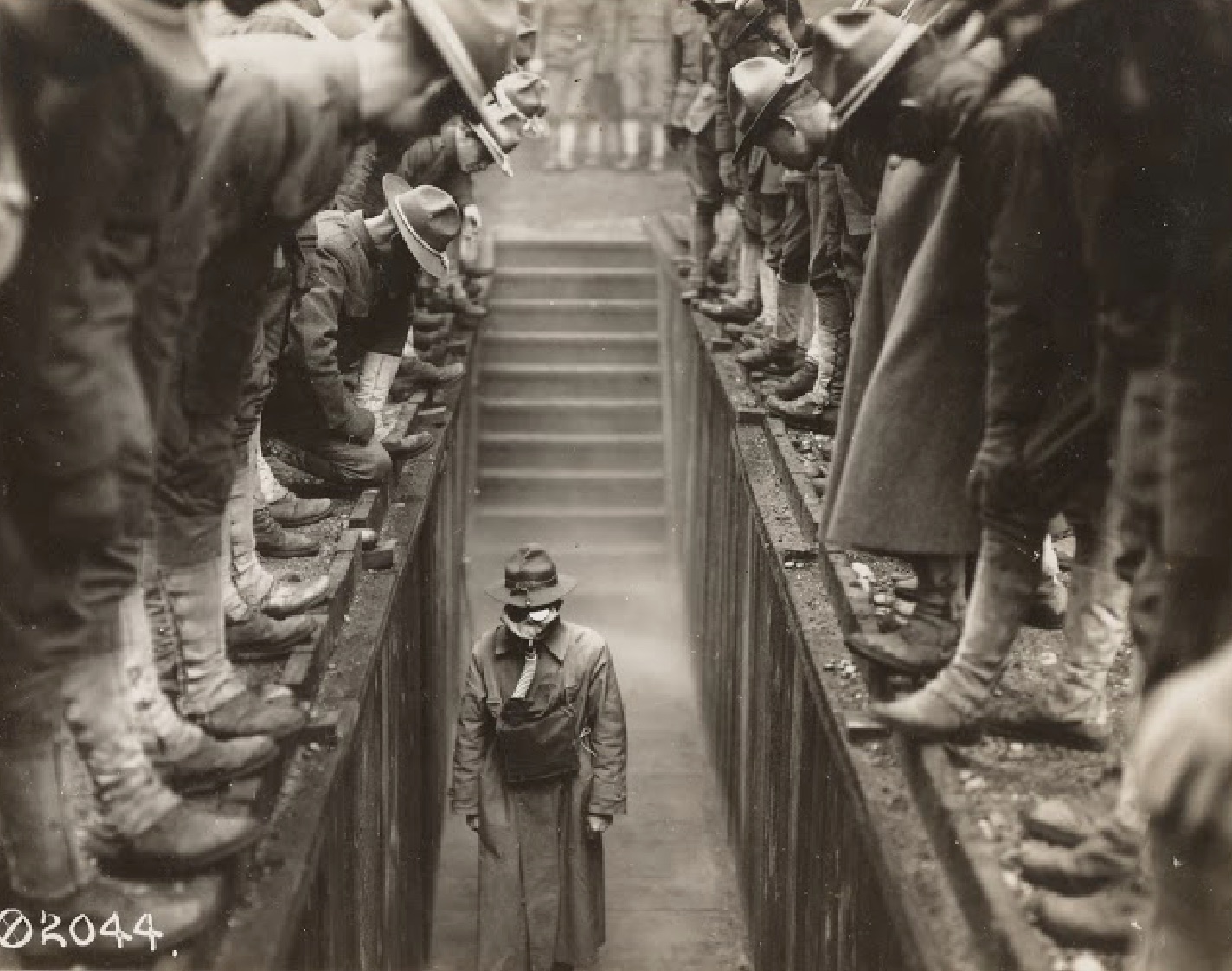
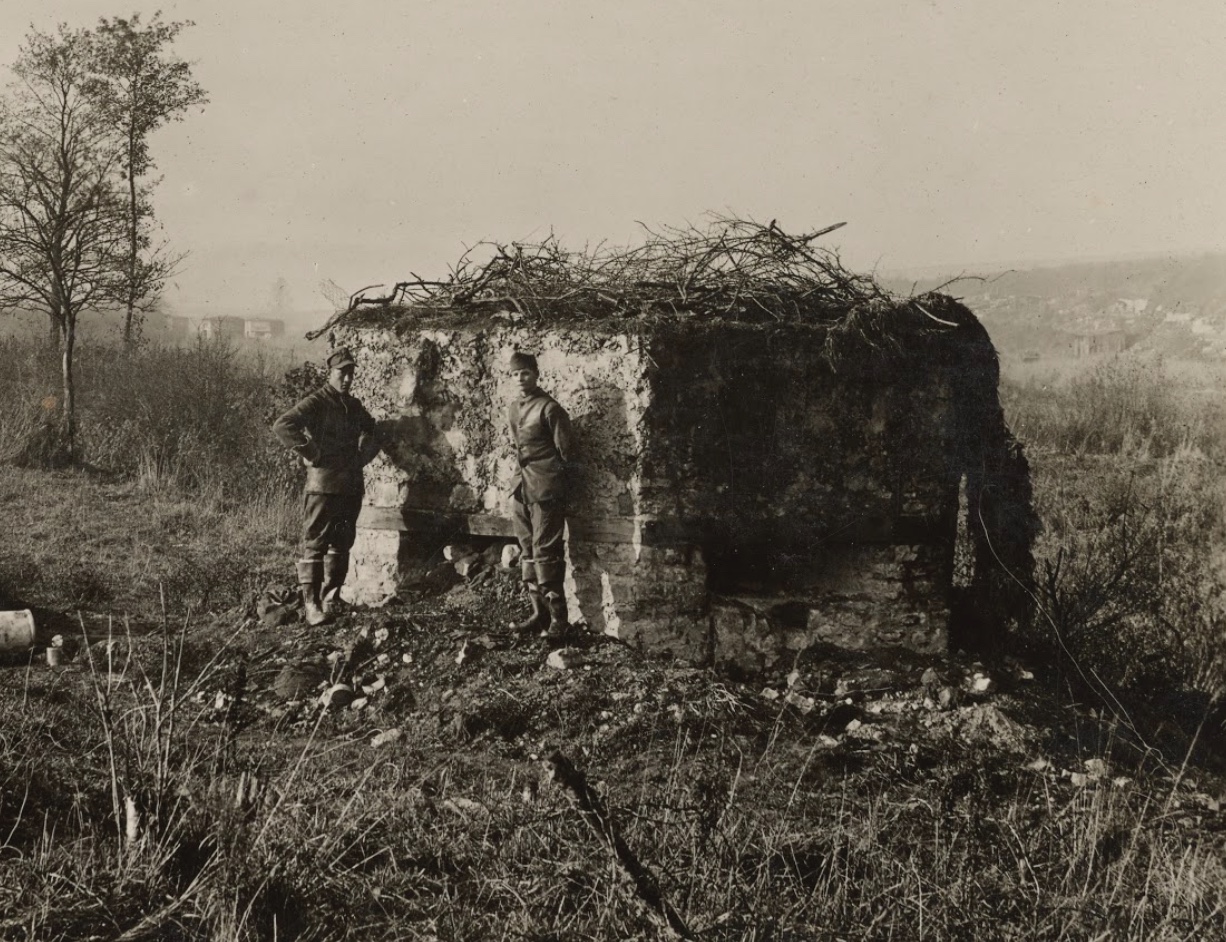

Eulogy
At the end of the war, Private Nick Carletillo was reburied in the Flanders Field American Cemetery in Belgium. Because his mother died in 1909, he listed his next of kin as his oldest sister, Minnie. Carletillo purchased a life insurance policy of $10,000 from the Bureau of War Risk Department with Minnie and his youngest sister, Angeline, named as beneficiaries. The sisters received $28.75 each month from the time of Carletillo’s death in 1918 until 1938, when the policy expired.
Although Minnie was not eligible to visit her brother’s grave, Nick’s brother Tony wrote to the War Department in 1920 requesting information about his brother’s final resting place. Private Nick Carletillo is survived by a nephew, son of his youngest brother John, and a great-nephew who both proudly bear his name.
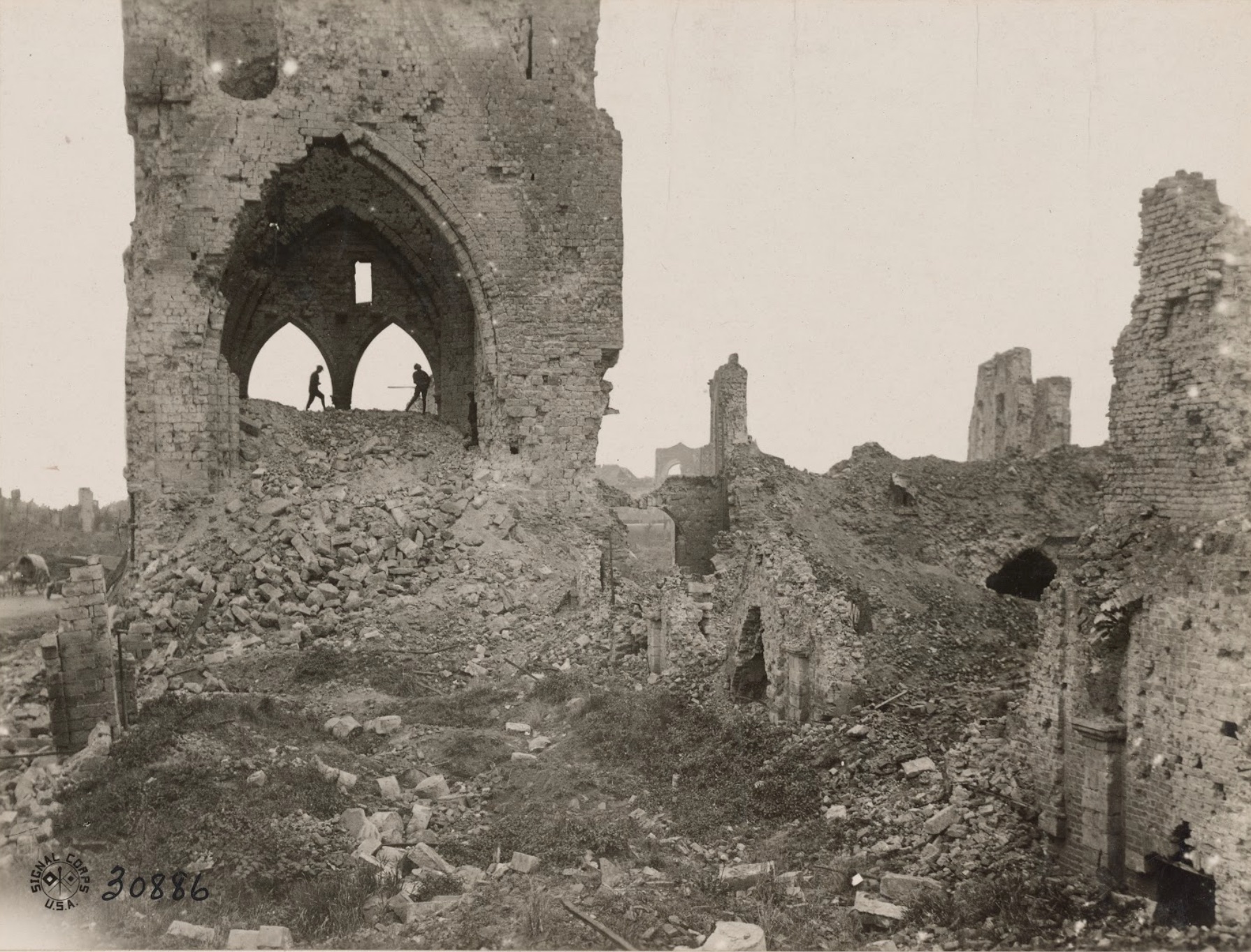
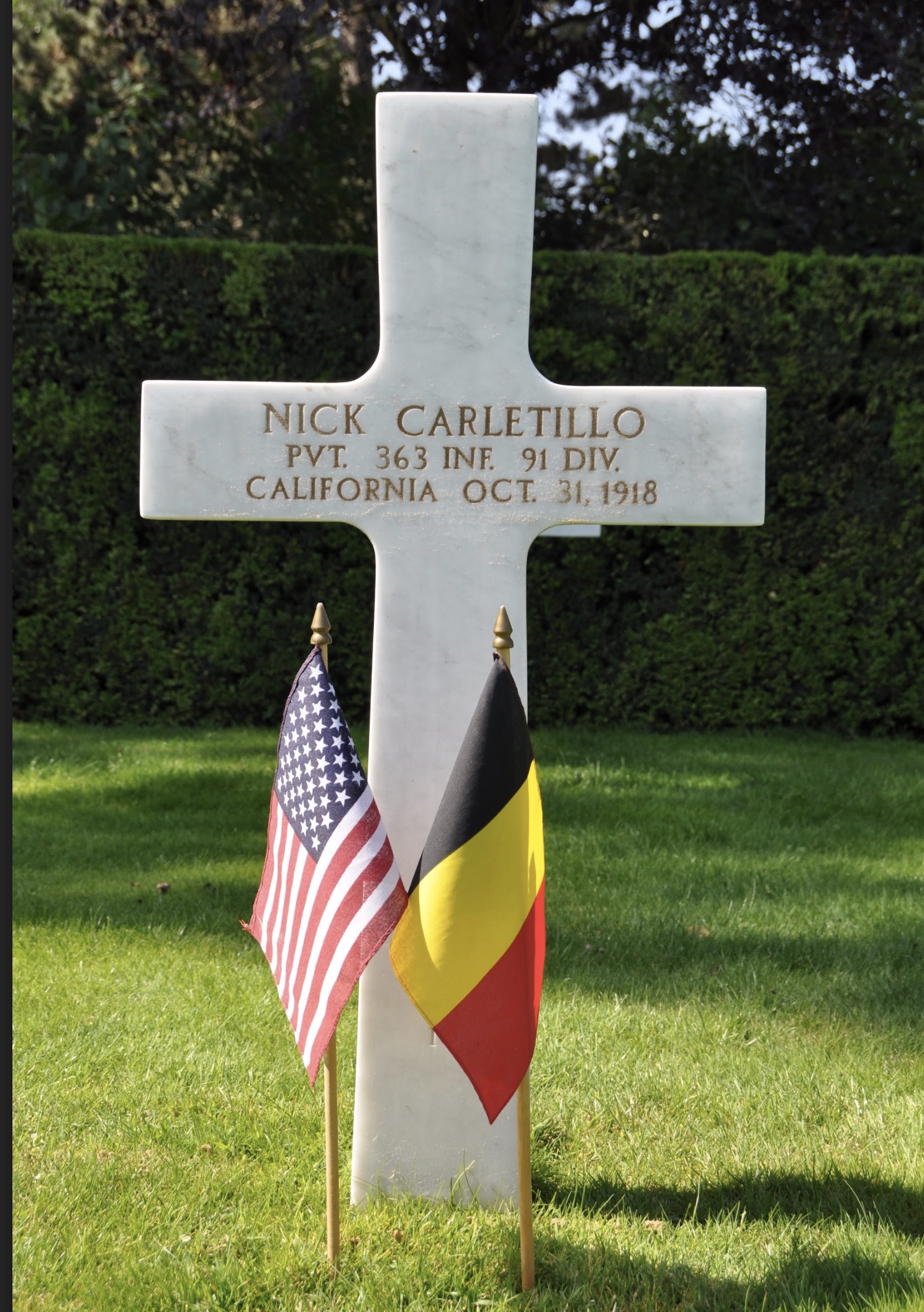
Reflection
Bibliography
91st Division; Records of the American Expeditionary Forces (World War I), Organizational Records, Record Group 120 (Boxes 1-14); National Archives at College Park, College Park, MD.
Eickleberry, Sgt. Pillboxes Used by the Americans…Argonne Forest…. Photograph. National Archives and Records Administration (111-SC-003940-ac). Image.
German Withdrawal from the Lys Salient, Autumn 1918. In My War Wemories, 1914–1918, Vol II, London: Hutchinson, 1919. Map.
Malone, Bruce. Personal interview. July 4, 2018.
Nick Carletillo. 1917. California, World War I Soldier Photographs. Sacramento, California: California State Library, California History Section. Digital Images. ancestry.com.
“Nick Carletillo.” American Battle Monuments Commission. Accessed June 25, 2018. www.abmc.gov/node/347080#.WzG5utgzrAw.
Nick Carletillo Deceased Veterans Claims (XC) File; Records of the Department of Veterans Affairs, 1773-2007, Record Group 15; National Archives and Records Administration – St. Louis.
Nick Carletillo World War I Burial Case File and VA Master Index Card; Correspondence, Reports, Telegrams, Applications and Other Papers relating to Burials of Service Personnel, Records of the Quartermaster General’s Office, 1915-1935, Record Group 92; National Archives and Records Administration – St. Louis.
Pershing, John J. John J. Pershing Papers: Diaries, Notebooks, and Address Books, Diaries; Set 2; 1918, Sept. 1-30. September 1918. Library of Congress (mss35949, box 3). www.loc.gov/item/mss35949026/.
Soarbrook, Sgt., S.C.. Ruins of the Cloth Hall. Ypres, Belgium…. Photograph. October 24, 1918. National Archives and Records Administration (111-SC-030886-ac). Image.
Woodcock, Major Bryan L. The 91st Infantry in World War I–Analysis of an AEF Division’s Efforts to Achieve Battlefield Success. Master’s thesis, Norfolk State University, 1998.www.dtic.mil/dtic/tr/fulltext/u2/a589945.pdf.

